wikiHow is a “wiki,” similar to Wikipedia, which means that many of our articles are co-written by multiple authors. To create this article, volunteer authors worked to edit and improve it over time.
There are 26 references cited in this article, which can be found at the bottom of the page.
This article has been viewed 56,569 times.
Learn more...
Removing a chest tube is a procedure that should only be done by qualified medical professionals.[1] If done improperly, air could leak back into the pleural space (the space between the lungs and the chest cavity) and the lung could collapse again.[2]
Chest tubes are inserted to drain pus, blood, or air that builds up in pleural space.[3] These substances build-up due to surgery, illness, or injury and can inhibit normal breathing function by partially or fully collapsing the lung. Chest tubes are removed when there is no more air or fluid to drain from the pleural space. The site should heal over within a couple of weeks and leave a small scar.[4] The following contains an overview of the procedure for removing chest tubes, intended as an informal refresher for medical professionals.
Note: The steps in part 2 (removing the chest tube) must be done in rapid succession. Make sure to read over and completely understand part 2 in advance.
WARNING: Do not attempt to remove a chest tube unless you are a qualified medical professional.
Steps
Preparing for Removal
-
1Decide if it is time for removal. A medical professional will decide when it is time for a chest tube to be taken out. The following is a list of factors to consider.
- The chest tube has been used for about a week. Long use of chest tubes can increase the chance of infection.[5]
- The amount of fluid drained has decreased substantially, usually to less than 200 mL 24 hours.[6]
- Respiration has returned to normal. The patient is no longer short of breath, the breathing rate has returned to normal, and the chest rises symmetrically upon air intake.[7]
- X-rays (or other tests) show an absence of air or fluid in the pleural cavity.[8]
-
2Explain the procedure to the patient. It is important that the patient understands what he will need to do during the procedure, such as the Valsalva maneuver.[9] The patient may also be nervous about pain. They will remember the pain of insertion (if they were conscious), and chest tubes can also be quite painful while inserted. It will be important to reassure the patient, as the removal of a chest tube is usually less painful than going in.[10]Advertisement
-
3Position the patient in a semi-Fowler's position. Lay the patient on his back and elevate the head of the bed by a small amount (usually about 30o). The patient's knees may be flat or may be elevated by a small amount. The patient's arms should be relaxed and out of the way.[11]
-
4Wash your hands and put on gloves. Washing your hands and wearing gloves are critically important in reducing the chance of spreading diseases such as infection.[12]
- Warning: Use latex-free gloves if the patent is allergic to latex.
-
5Put on an apron and face shield. This is done to protect yourself from any splatter or drainage, as removing a chest tube can be a messy procedure. A face shield consists of a clear, plastic panel that straps around the forehead and covers the face. A surgery apron is a thin plastic gown that straps around the chest and covers the upper half of the body.[13]
-
6Place a pad to collect drainage. A pad will protect the surroundings from drainage. Disposable pads often contain an absorbent fabric layer (to soak up liquid) and a plastic layer (to protect the covered surfaces). The plastic layer should go down. Several pads may be needed.[14]
-
7Prepare a new dressing and tape for easy placement. Attach a single piece of tape to a prepared dressing and lay it in a convenient location. Also have strips of tape ready to use and lay them sticky-side up. Having the dressing ready to use will reduce the time it takes to cover the hole after the chest tube is removed. The hole must be sealed quickly to keep air from entering the pleural space, which could cause the lung to collapse.[15]
-
8Remove the chest tube dressing carefully. Make sure to avoid tugging on the chest tube. The dressing usually consists of a soft bulky interior (to seal and protect the area) and tape around the edges. Peeling away the tape from several sides will release the dressing gently.[16]
-
9Change gloves after removing the dressing. This is done to maintain a sterile environment, as the old gloves are contaminated from removing the dressing.[17]
Removing the Chest Tube
-
1Clamp the tube using a rubber-tipped Kelly clamp, and discontinue suction. This is to stop any air flow from entering or leaving the pleural space. The rubber tips help prevent damage to the chest tube. The Kelly clamp also locks itself in place using a gripping mechanism near the handles.[18]
-
2Cut the anchor suture that holds the tube in place.[19]
- Warning: Do not puncture or cut the chest tube. The change in air pressure could cause the lungs to collapse.
- Warning: Make sure to hold the chest tube in place after the anchor suture has been cut, as there is nothing left holding the tube in place.
- Warning: If present, do not cut the purse-string suture. Some doctors prefer to include a purse-string suture when inserting the chest tube, for the purpose of closing the site once the tube has been removed.
-
3Instruct the patient to perform the Valsalva maneuver. To perform the maneuver, have the patient take a deep breath. Then the patient should close the back of the throat (the glottis or windpipe) and attempt to force air through it. The maneuver decreases the chance of the lungs collapsing as the chest tube is removed. The patent can alternately, instead of closing the back of the throat, hold the nose and mouth closed.[20]
-
4Remove the tube swiftly and gently while the patent is performing the Valsalva maneuver. Place one hand gently around the site and use the other to carefully remove the tube. Some fluid leakage and spray are normal. Be prepared for the following steps, as the site must be sealed as soon as possible. [21]
-
5Close the purse-string suture immediately, if present, and observe the site for escaping air. It may be necessary to have a second pair of hands to close the suture quickly. As the suture is tightened, the hole closes and prevents air from entering. The site should be examined for bubbling, which indicates airflow.[22]
-
6Cover the site immediately with an appropriate dressing. Several different kinds of dressing can be used (such as an occlusive dressing). The dressing used often depends on the facility performing the procedure. In all cases, the dressing should seal off the site to prevent the entry of any air.[23]
Providing Care Afterwards
-
1Dispose of waste properly. Double bag the chest tube, disposable pad, and any other supplies that were contaminated during the procedure.[24]
- Warning: Avoid contact with medical waste. Blood and other bodily fluids can transmit diseases.
-
2
-
3Perform an x-ray to make sure the lung is properly functioning. An x-ray can indicate if fluid has again built up in the pleural space. It may be necessary to perform another x-ray at a later date.[27]
Warnings
- Do not puncture the chest tube, as damage to the chest tube may allow air into the pleural space.⧼thumbs_response⧽
- Only a qualified medical professional (such as a doctor) should attempt to remove a chest tube.⧼thumbs_response⧽
- Do not pull on the chest tube while removing the dressing. Only the anchor suture is holding the tube in place at this point.⧼thumbs_response⧽
- Hold the chest tube in place after cutting the anchor suture. After the anchor suture is removed, there is nothing holding the chest tube in place.⧼thumbs_response⧽
- Use latex free gloves if the patent is allergic to latex.⧼thumbs_response⧽
- Do not cut the purse-string suture, if present, while you are cutting the anchor suture. The purse-string suture is used to help seal the hole after the chest tube has been removed.⧼thumbs_response⧽
- Avoid contact with used medical supplies. Blood and other bodily fluids can transmit diseases.⧼thumbs_response⧽
Things You'll Need
- Gloves
- Protective Apron
- Eye shield
- Disposable pad
-
Appropriate Dressing, such as:
- Occlusive dressing
- Vaseline gauze and a 4x4 dressing
- Dressing Tape
- Suture removal Kit
- Rubber-Tipped Kelly Clamp
- Medical waste bags
- An assistant (to close purse-string suture, if present)
- Surgical gown (if available)
Medical Terminology
- Chest Tube: A tube inserted in the chest used to drain fluid or air from the pleural space. Also known as a thoracic catheter or an intercostal drain.
- Pleural Space: The space between the lungs and the chest cavity.
- Semi-Fowler's Position: A sitting position where the patient’s upper body is elevated approximately 30o.
- Rubber-Tipped Kelly Clamp: Resembles scissors with soft rubber tips in place of blades. They contain a locking mechanism that is used for clamping.
- Anchor Suture: A surgical stich used to hold something in place.
- Purse-String Suture: A surgical stitch that is woven around the edge of a wound that, when tightened, closes the wound like a purse.
- Valsalva Maneuver: The act of attempting to exhale through a closed windpipe. Can be performed by closing the glottis in the back of the throat, or by holding the mouth and nose closed.
- Occlusive Dressing: A dressing that seals a wound and prevents the passage of air or water.
- Vaseline Gauze Dressing: A type of occlusive dressing containing absorbent gauze saturated with Vaseline.
- Pulse Oximeter: A device that attaches to a patent's finger and measures blood oxygen saturation and heart rate.
References
- ↑ https://www.msdmanuals.com/professional/pulmonary-disorders/how-to-do-pulmonary-procedures/how-to-do-surgical-tube-thoracostomy
- ↑ https://psnet.ahrq.gov/web-mm/chest-tube-complications
- ↑ https://medlineplus.gov/ency/article/002947.htm
- ↑ https://myhealth.alberta.ca/Health/aftercareinformation/pages/conditions.aspx?hwid=zu2150
- ↑ https://emedicine.medscape.com/article/1503275-technique
- ↑ https://www.aafp.org/afp/2003/0215/p869.html
- ↑ https://www.radiologyinfo.org/en/info/thoracostomy
- ↑ https://www.ncbi.nlm.nih.gov/pmc/articles/PMC4753987/
- ↑ https://lms.rn.com/getpdf.php/1933.pdf
- ↑ https://www.sciencedirect.com/science/article/pii/S0422763815300467
- ↑ https://www.ncbi.nlm.nih.gov/pmc/articles/PMC6939207/
- ↑ https://starship.org.nz/guidelines/aseptic-non-touch-technique/
- ↑ https://www.scielo.br/j/ramb/a/FGSRyJTjq8jQcrTxc9hWYtw/?format=pdf&lang=en
- ↑ https://opentextbc.ca/clinicalskills/chapter/4-8-drain-management-and-removal/
- ↑ https://lms.rn.com/getpdf.php/1933.pdf
- ↑ https://www.rch.org.au/rchcpg/hospital_clinical_guideline_index/Chest_drain_management/#Removal
- ↑ https://www.rch.org.au/rchcpg/hospital_clinical_guideline_index/Chest_drain_management/#Removal
- ↑ https://www.elsevier.com/__data/assets/pdf_file/0011/271001/ch0023.pdf
- ↑ https://www.youtube.com/watch?v=Cs_-eSoSX7g
- ↑ https://www.ncbi.nlm.nih.gov/books/NBK537248/
- ↑ https://emedicine.medscape.com/article/1503275-technique
- ↑ https://www.youtube.com/watch?v=Cs_-eSoSX7g
- ↑ https://www.youtube.com/watch?v=UrykSHTT-fo
- ↑ https://www.who.int/water_sanitation_health/medicalwaste/148to158.pdf
- ↑ https://www.myamericannurse.com/pdf/chest-tube-care-management-troubleshooting.pdf
- ↑ https://drminkim.com/patient-instructions/discharge-instructions/
- ↑ https://www.sciencedirect.com/science/article/abs/pii/S0022346817300805
- ↑ https://www.sciencedirect.com/topics/neuroscience/valsalva-maneuver
- ↑ https://opentextbc.ca/clinicalskills/chapter/3-4-positioning-a-patient-in-bed/
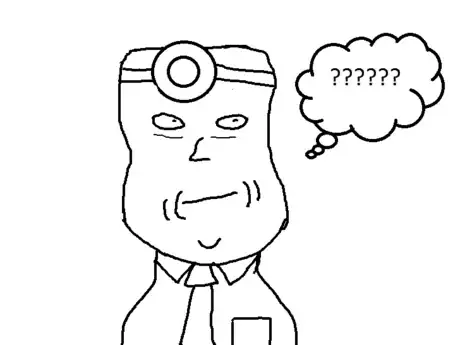

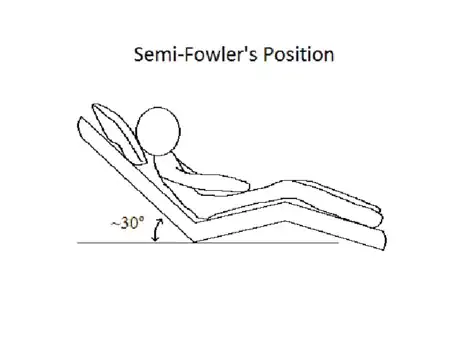

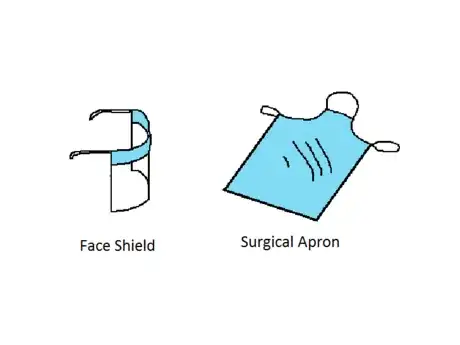
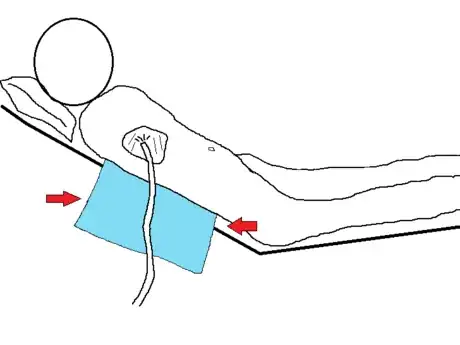
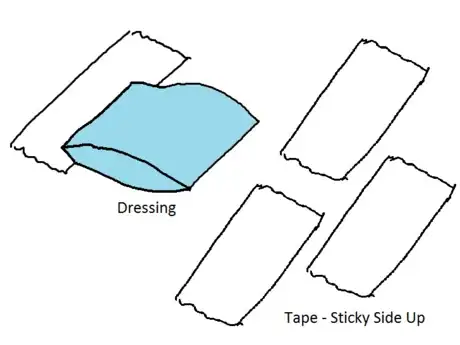

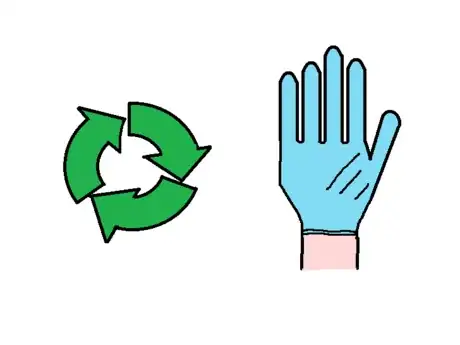
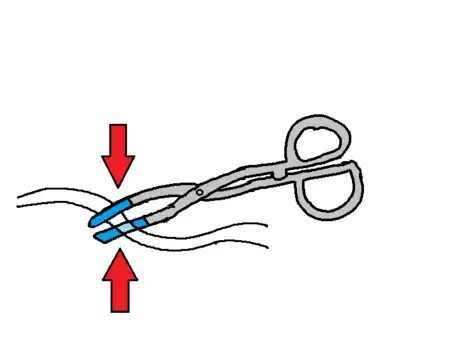
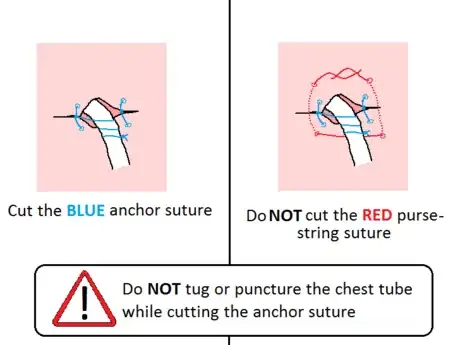
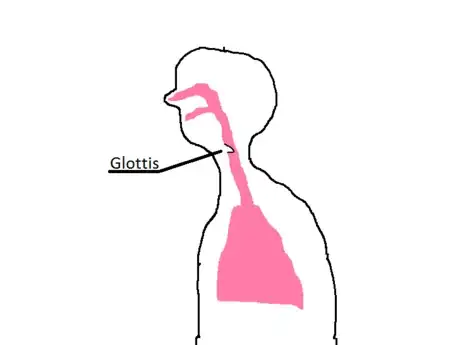

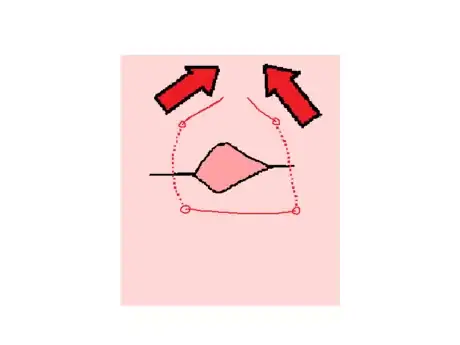

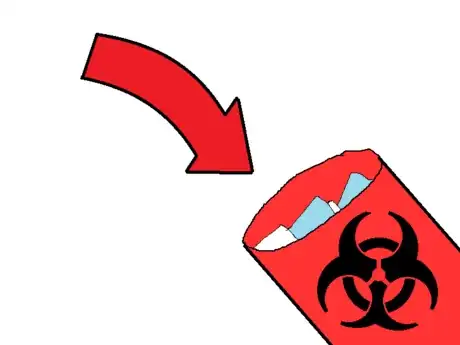
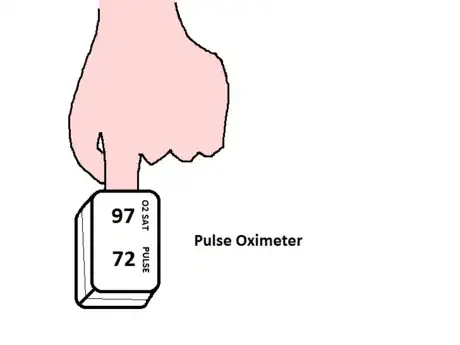
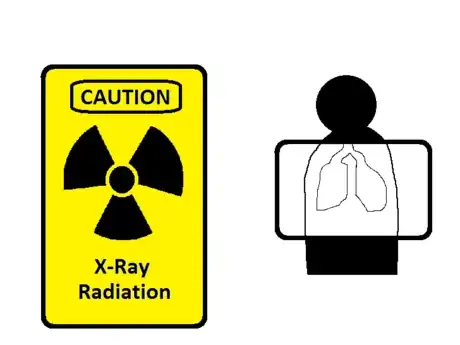




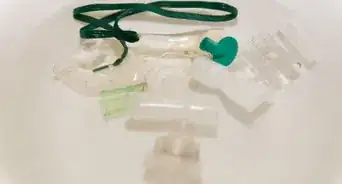
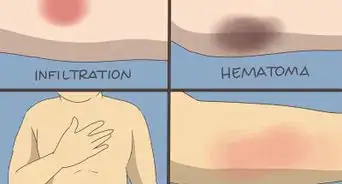

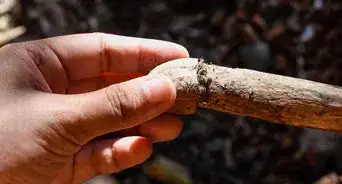

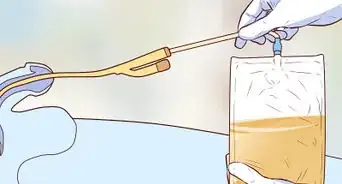
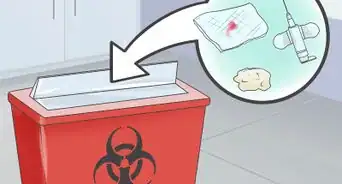







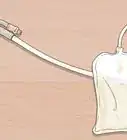
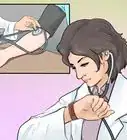
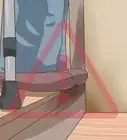



































Medical Disclaimer
The content of this article is not intended to be a substitute for professional medical advice, examination, diagnosis, or treatment. You should always contact your doctor or other qualified healthcare professional before starting, changing, or stopping any kind of health treatment.
Read More...